World leading revenue growth
At the press conference on the socio -economic situation of Ho Chi Minh City on the afternoon of December 28, Mr. Le Truong Hien Hoa, Deputy Director of the Ho Chi Minh City Department of Tourism, said that in 2023, the city's tourism industry welcomed nearly 5 million international visitors and nearly 35 million domestic visitors.
Notably, Ho Chi Minh City's total tourism revenue is estimated at VND160,000 billion, exceeding the set target and increasing by about 25% compared to 2019 - the time before the Covid-19 pandemic. These figures not only set a new record for revenue for the city's tourism industry but also made Ho Chi Minh City one of the top destinations in the world with the highest revenue growth.
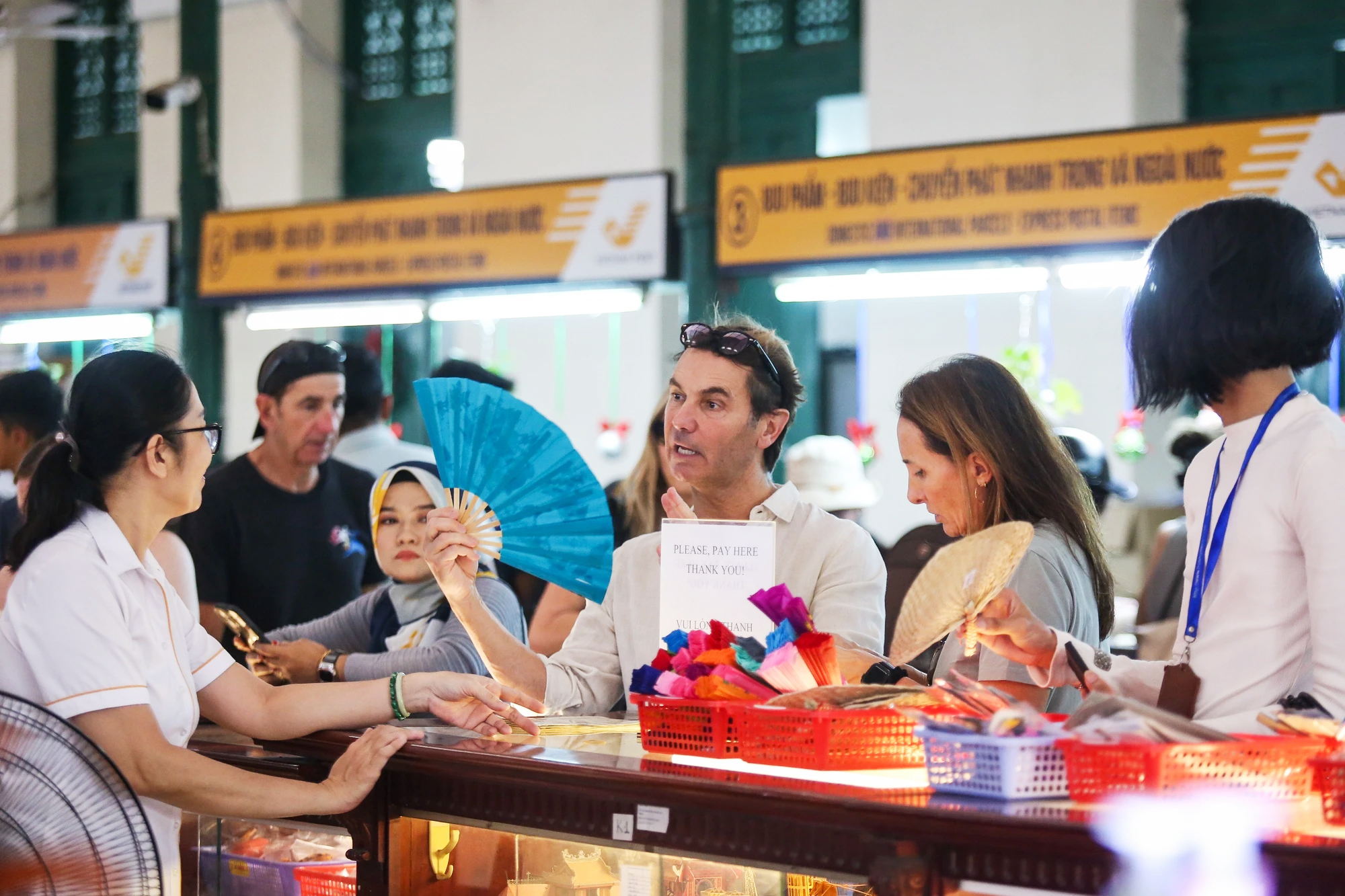
Do international visitors to Ho Chi Minh City really spend as much as reported?
Because up to now, although world tourism is assessed to have had a spectacular growth after the pandemic, almost no country has recorded a recovery to the peak in 2019. In the World Tourism Economic Trends Report 2023 jointly announced by the Chinese Academy of Social Sciences (CASS) and the World Tourism Cities Federation, global tourism revenue in 2023 is expected to reach 5,000 billion USD, equivalent to 86.2% of 2019.
Previously, the number of global tourists reached 9.57 billion in 2022, generating revenue of 4.6 trillion USD. The number of global tourists in 2023 is expected to reach about 10.78 billion, equal to 74.4% of the level in 2019. Only the Middle East is the only region in the world to record a recovery beyond the pre-pandemic level, thanks to a surge in visitors during the Hajj - the Muslim pilgrimage to Mecca this year.
However, there is no data showing that "Muslim holy sites" have achieved impressive revenue growth like Ho Chi Minh City, especially when the Asia and Pacific region is among the group with the slowest tourism recovery - about 70% compared to 2019 while Europe has reached more than 91%; America has recovered to nearly 90% and Africa has reached more than 93%.
According to the explanation of the leader of the Ho Chi Minh City Department of Tourism, this success is thanks to 3 "pillar" factors: First, the city leaders, together with businesses and localities, have adjusted and reshaped tourism products, building a series of unique tours in each district. This has opened up more options for tourists, many new tourism products have encouraged tourists to spend on entertainment and discovery activities.
Second, Ho Chi Minh City has also built a program to link with other tourist destinations nationwide, creating conditions for businesses to build new tours, achieving efficiency in both tour quality and helping to reduce tour prices. Thanks to that, tourists have more opportunities to choose tours that are suitable for their prices and attract tourists not only in Ho Chi Minh City but also from other provinces.
The third factor is that the city's tourism industry has recently invested more in the night economy, helping to increase tourists' spending at night in Ho Chi Minh City, accounting for 70% of total spending when coming to Ho Chi Minh City. "Night tours are also of great interest to tourists, many new tours have really brought about efficiency not only in terms of the number of tourists but also in achieving high revenue. In addition, tourism events combined with cultural and sports festivals, and promotional programs continuously launched throughout the year are also factors that make tourism growth high and stable," the leader of the Department of Tourism added.
Customers spend a lot, why are businesses still struggling?
As a unit directly involved in many activities of building new tours and routes in Ho Chi Minh City, Mr. T.D, Director of a tourism company in the city, was extremely bewildered by the "dreamy" figures from the Department of Tourism. Because, the average growth this year nationwide only reached 5%, during 9 months of "paralyzed" tourism, all destinations lost visitors, weak purchasing power; in Ho Chi Minh City alone, international visitors only reached more than 60% compared to 2019, domestic visitors did not grow much, the hotel and restaurant system was still struggling, revenue had not reached 50 - 60% compared to before the pandemic. "So where do customers spend money? Where do they spend it? Who directly sells to customers? Why do customers spend so much but restaurants are still closed, hotels are still transferred, and travel companies still have to cut salaries and bonuses for employees?", Mr. T.D asked a series of questions.
Regarding the 3 driving forces that helped increase the record revenue as mentioned by the Department of Tourism, Mr. T.D analyzed: Regarding the product system, it must be recognized that in recent times, the city's tourism industry has made great efforts to bring a product set with many changes and differences. However, focusing on the city tour system currently has mainly only 3-4 key enterprises and determined to bear losses to build products and routes with the city. Enterprises doing city tours are not for the purpose of gathering tourists but to plan routes for visitors to visualize the places to go and the journey to take when coming to Ho Chi Minh City.
Therefore, city tour companies often sell at prices close to cost, even accepting to sell below cost. Tourist attractions on fixed routes have had positive changes, becoming more well-known, and more tourists and city residents come to visit. However, this process is still in its first stages, and there has not been a place with a sudden increase in visitors enough to set a record revenue level.
Regarding tours linking with localities, mainly provinces and cities are taking advantage of the city as a major source of visitors. Businesses can easily prove the growth of bringing visitors from the city to the provinces, but the opposite direction, welcoming visitors from other places to the city is difficult. Ho Chi Minh City is also aiming to connect to attract visitors from other provinces and cities to the city.
As for night tourism products, this person affirmed that no one can measure the total tourism revenue from night markets and the night economy so far because it has not been formed in reality. The Prime Minister has just launched the night economy project, and the night markets have been running from the projects for less than 2 months. Most of the nighttime spending of tourists is still concentrated in the Western areas of Bui Vien, Pham Ngu Lao... but in reality, the number of visitors in these areas is still far lower than before the pandemic.
"For tourism businesses like us, revenue like in 2019 is still a dream and if things go well, we might not reach it until 2026. The City Department of Tourism should explain these numbers in more detail because if the data is not close to reality, it will lead to huge consequences. The pressure of "beautiful numbers" for next year to be better than the previous year can lead to a trend of adding growth percentages. If the data is not accurate, the policies will also be inaccurate, and businesses will have no basis to develop action plans," Mr. T.D emphasized.
Agreeing, Associate Professor, Dr. Pham Trung Luong, former Deputy Director of the Institute for Tourism Development Research, said that many years ago when participating in giving opinions on tourism planning for Ho Chi Minh City, he noted the need to accurately count and correctly understand the number of visitors to Ho Chi Minh City. The city is always proud to account for 50% of the total number of international visitors to Vietnam, but among them, how many visitors stay, spend money, how many visitors just transit during the day and then go to another destination, is not analyzed. Not to mention, the source of visitors is not clearly classified, from the airport or according to the number of tickets sold from tourist destinations, hotels, etc.
"The numbers are too good but the reality is difficult, which will lead to the Government not considering policies to overcome difficulties, not needing to add special mechanisms because it sees that things are going too well. Enterprises are both under pressure and feel guilty, not understanding why the market is so vibrant but they are still struggling. On the contrary, if the growth numbers are too low, it will lose the value of the industry's contribution to the economy," Associate Professor, Dr. Pham Trung Luong stated his opinion.
Revenue from tourism also needs to be clearly stated by which method it is calculated, whether it is a business survey or a customer survey or through the tax department. The city's tourism industry leader said that 70% of tourists' spending is at night, so what activities are spent at night when pubs are "complaining" about the lack of customers and a series of restaurants are closed. Just eating and shopping in Ho Chi Minh City, is it enough to "open the wallet" of tourists that much?
Associate Professor, Dr. Pham Trung Luong, former Deputy Director of the Institute for Tourism Development Research
Source link


















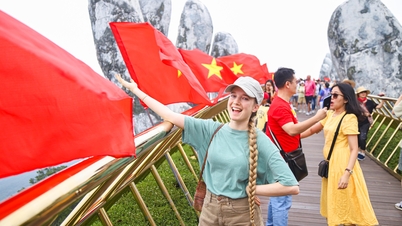


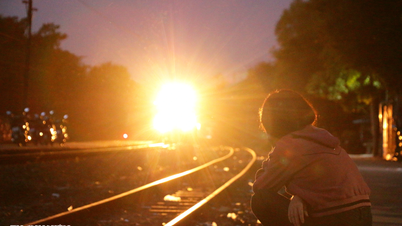
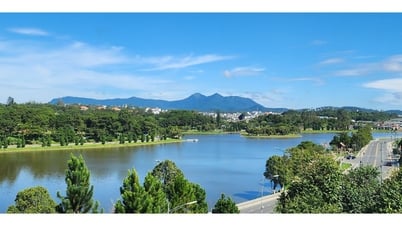


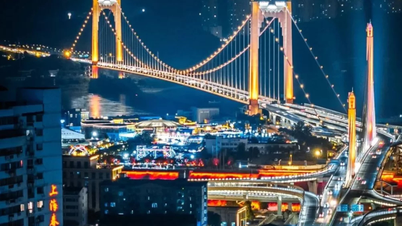
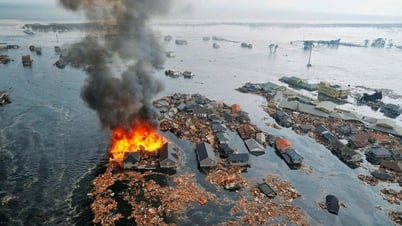







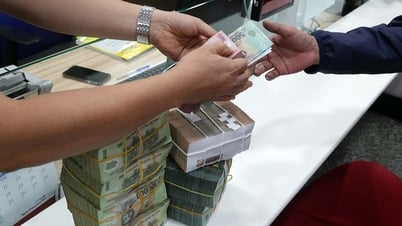


![[Photo] Nearly 104,000 candidates in Hanoi complete procedures to take the 10th grade entrance exam](https://vphoto.vietnam.vn/thumb/1200x675/vietnam/resource/IMAGE/2025/6/7/7dbf58fd77224eb583ea5c819ebf5a4e)










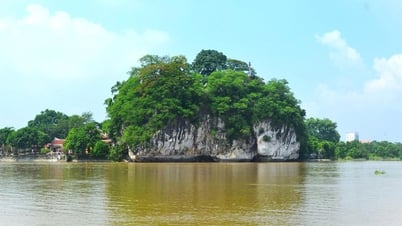

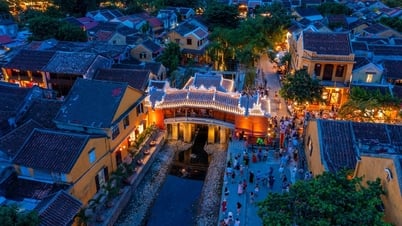

















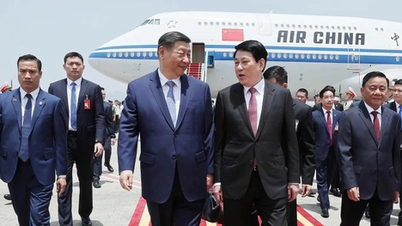
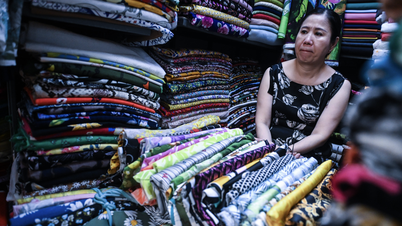


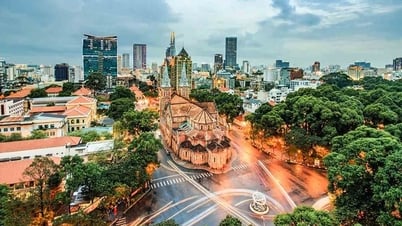















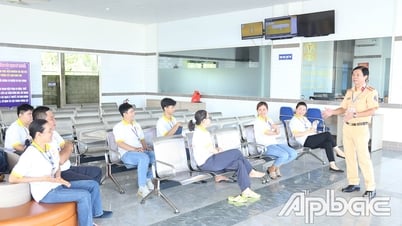







![[OCOP REVIEW] Tu Duyen Syrup - The essence of herbs from the mountains and forests of Nhu Thanh](https://vphoto.vietnam.vn/thumb/402x226/vietnam/resource/IMAGE/2025/6/5/58ca32fce4ec44039e444fbfae7e75ec)




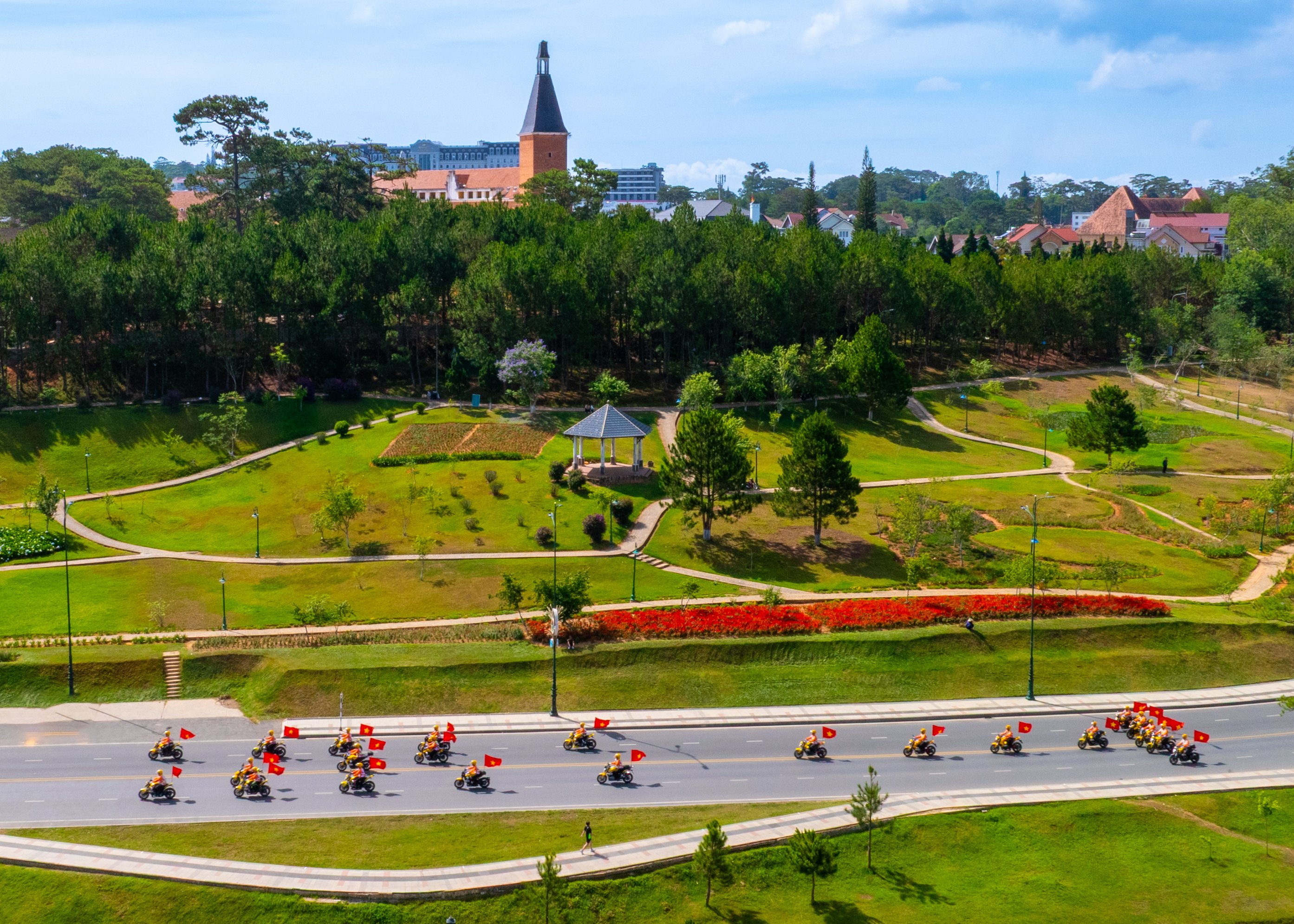


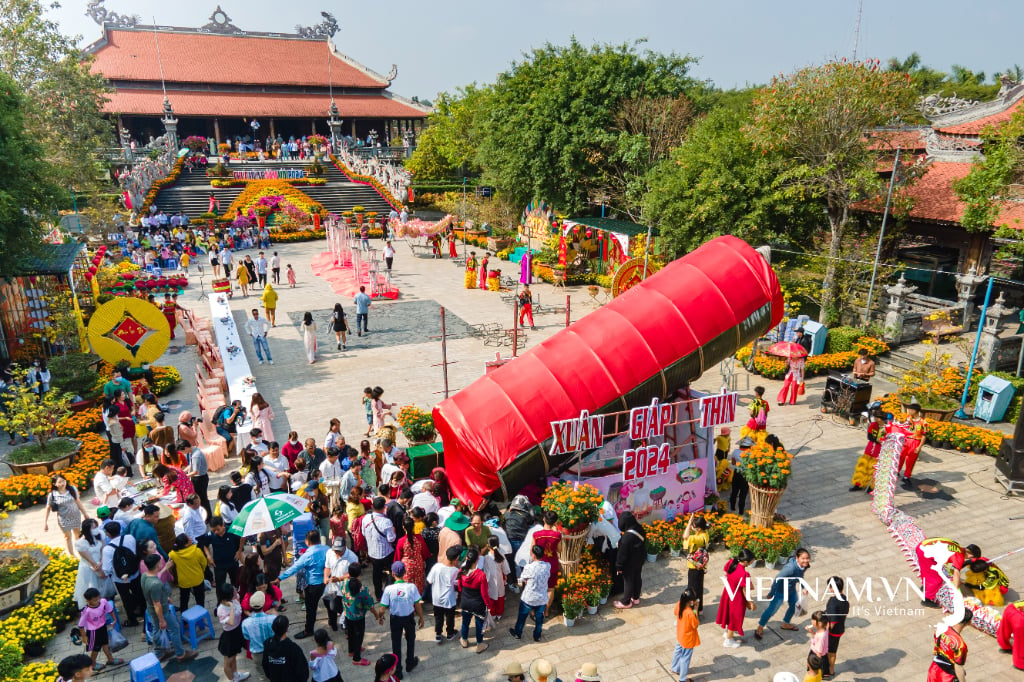
Comment (0)